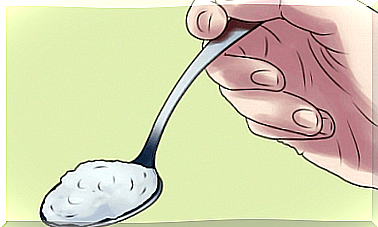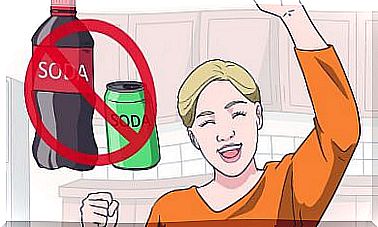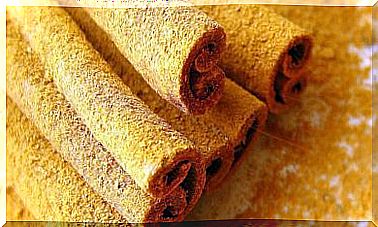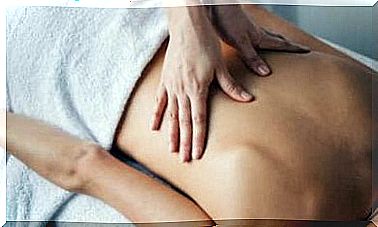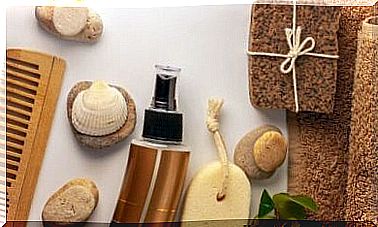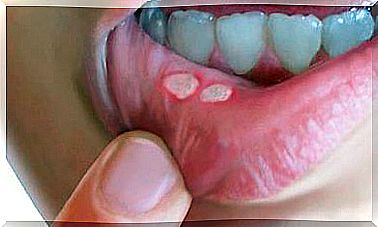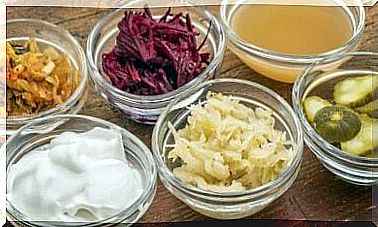4 Natural Infusions To Reduce High Blood Pressure

Treatments indicated to reduce high blood pressure can be complemented with natural infusions. In other words, it is possible to add some herbal “remedies” to the diet in the form of teas to help control blood pressure values.
This, of course, makes sense in the context of tracking medical prescriptions. Natural infusions to reduce high blood pressure do not work alone. The effect of medications and lifestyle modifications commonly indicated for hypertensive patients may help.
So let’s see what scientific arguments exist to recommend the following 4 natural infusions. Please remember that this article is a general guide only. You should consult a health care professional to clarify any questions that may arise about your consumption.
The high blood pressure approach
When a person is diagnosed with hypertension, first the values obtained from blood pressure are classified according to severity. An emergency with systolic pressures greater than 180 millimeters of mercury (mm Hg) is not the same as a pre-hypertension situation.
Classification of arterial hypertension
According to the Mayo Clinic, a patient can be classified into one of the following groups:
- Pre-hypertensive: they are people with systolic pressure from 120 to 129 mm Hg and diastolic pressure below 80 mm Hg. It is still not considered a clear diagnosis of hypertension, but the values are already above normal.
- First-degree hypertension: when the systolic pressure exceeds 130 mm Hg and does not exceed 140 mm Hg, and the diastolic pressure is between 80 and 89 mm Hg, grade 1 hypertension already exists.
- Second-degree hypertension: these patients have repeated systolic blood pressure values greater than 140 mm Hg and diastolic blood pressure greater than 90 mm Hg. It is a pathological condition with a risk of damage to the organs in the medium term.
The special situation of hypertensive crisis or emergency, when a person enters the ward with values greater than 180/120 mm Hg, requires immediate therapeutic actions. Therefore, it is very likely that the patient will fall into one of the categories already mentioned after the end of the acute episode.
Hypertension treatment
Hypertensive patients will be instructed to make lifestyle changes. These are the hygienic-dietary measures that allow blood pressure values to be reduced in a natural way. Prehypertensive individuals may not need to use pharmacological options if this first approach works.
Among the most recommended hygienic-dietary measures, we have the following:
- Practice moderate physical activities and avoid sedentary lifestyle.
- Control stress by regulating anxiety and relaxation techniques.
- Reduce the presence of salt in your regular diet.
- Stop smoking and drinking alcohol.
For grade 2 hypertensive patients and those who cannot control their numbers with the above recommendations, pharmacology offers a variety of substances that can be prescribed. Taking a single compound or a combination of two or three depends on the doctor’s decision.
Among the most prescribed drugs for the treatment of hypertension are the group of diuretics, angiotensin converting enzyme inhibitors (ACEI), beta blockers, calcium channel blockers and vasodilators. These drugs can never be consumed without proper professional indication.
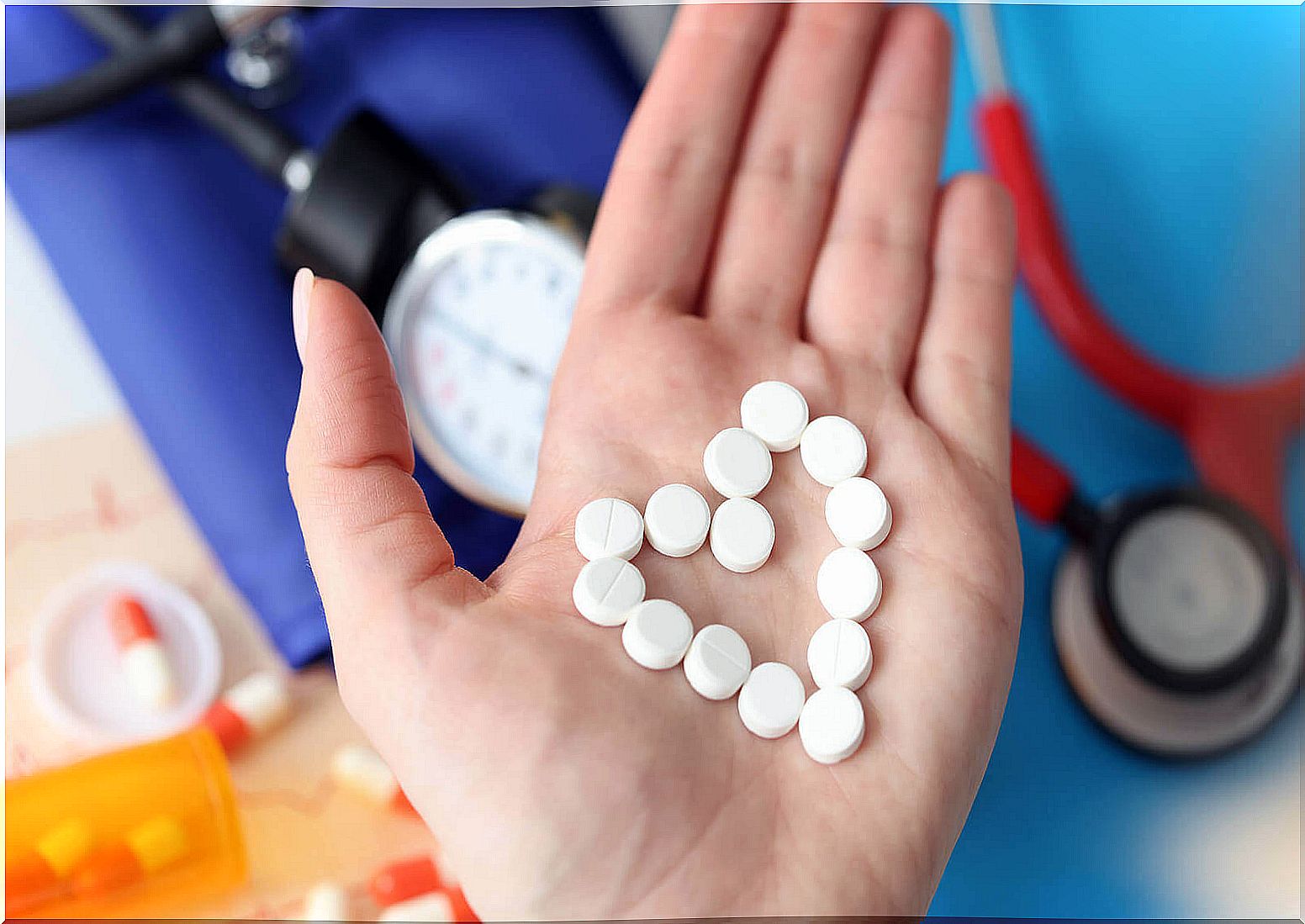
Natural infusions to reduce high blood pressure
Having made the above considerations, we can speak of 4 natural infusions that presented some scientific evidence regarding their ability to reduce blood pressure. Again, we clarify that they are not a first-line treatment. They serve to complement hygienic-dietary measures and medications.
1. Celery
Celery is one of the traditional vegetables in the treatment of hypertension with natural infusions. It is an ingredient that contains phytochemicals and anti-inflammatory substances. It is also speculated that it has a certain diuretic power, which would allow the discharge of excess fluids that would raise blood pressure in some patients.
According to scientific studies, milk fermented with celery extract would be able to reduce blood pressure levels in people over 50 with moderate hypertension. The final results after 15 days of using the preparation were similar to those obtained with a drug such as losartan.
One option for preparing the celery infusion would be to place 20 grams of celery in boiling water. After 15 minutes of rest, strain and drink.
2. Oregano
Oregano has long been studied for its potential in the pharmaceutical industry. It is hypothesized that it helps control metabolic syndrome, obesity, diabetes and hypertension.
It is also interesting to say that it can be a condiment to reduce salt intake. This is something hypertensive patients struggle with: because they are used to the salty taste, they are reluctant to remove the ingredient from their meals. Oregano can spice up and create a flavor that displaces sodium chloride.
Furthermore, oregano and its molecular compounds have been shown to improve the lipid profile. In controlled studies, it reduced bad or LDL cholesterol and increased the concentration of HDL or good cholesterol. This favors cardiovascular protection.
You can make a natural oregano infusion to lower blood pressure by putting a teaspoon of the substance in boiling water. After 15 minutes of rest, it is ready to eat.
3. Dandelion
The plant Taraxacum officinale W. is considered a diuretic. Therefore, dandelion is associated with the possibility of reducing hypertension, as it would eliminate fluids that could overload the cardiovascular system, just as some medications would.
Although dandelion is also considered useful in forcing the elimination of gallstones, it should be used with caution in patients who, in addition to being hypertensive, have cholelithiasis. Its effect of stimulating gallbladder movements can cause severe cramping if there is an obstruction in the bile duct. This is clarified by a publication in the journal Medicina Naturista.
The infusion is prepared by adding a tablespoon of dandelion to boiling water. Then continue boiling for another 3 minutes and strain to drink.
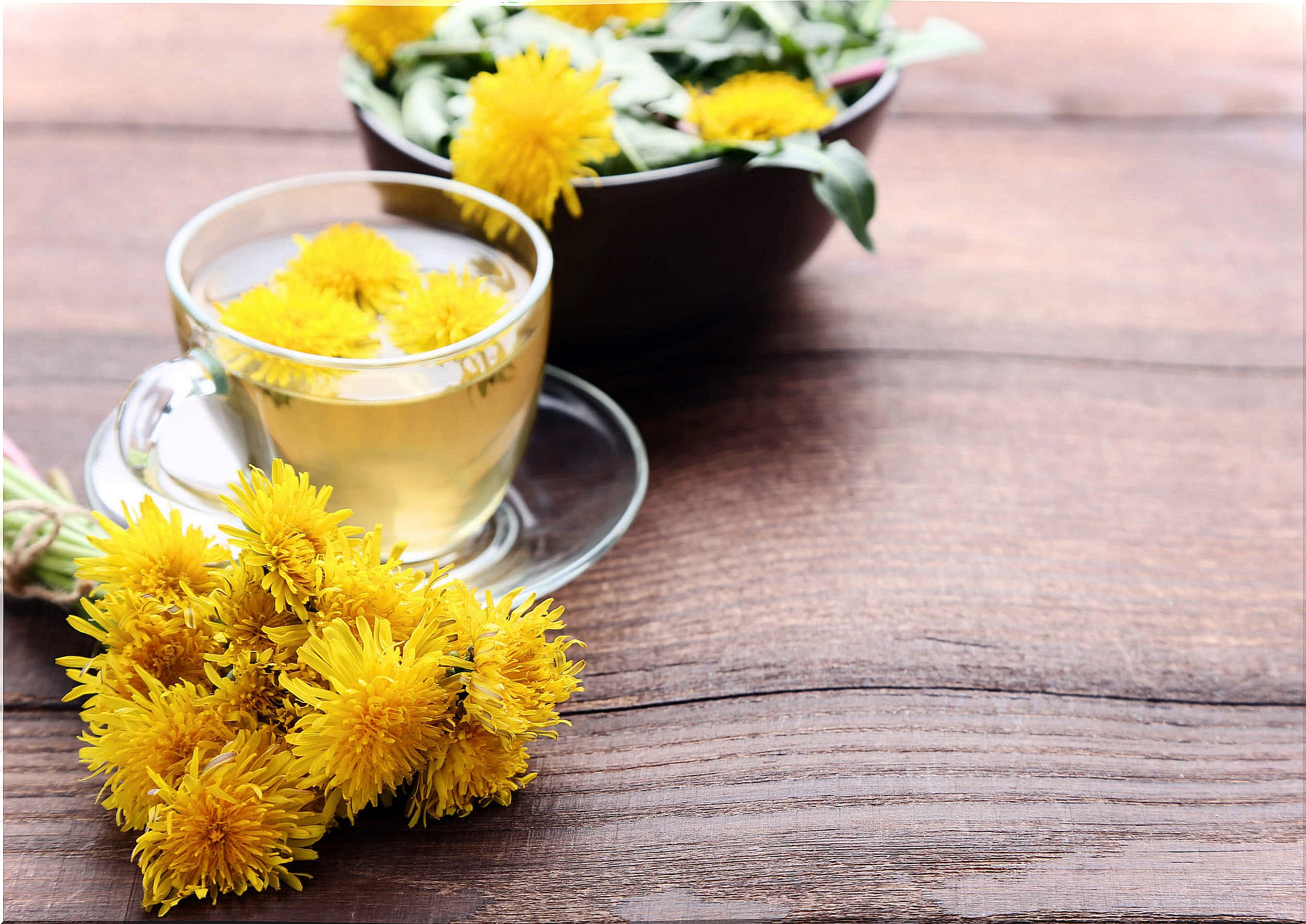
4. Olive tree
The use of the olive tree can be associated with better cardiovascular health in almost every way. We must remember that its derivatives are part of the Mediterranean diet.
This dietary pattern has been studied as a way to reduce cardiac events and risk factors that impair the functioning of the heart and arteries. In any case, it is not clear whether the benefit lies in the combination of the Mediterranean ingredients or in any of them in particular.
Olive leaves are rich in polyphenols. These substances have a metabolic effect that is not limited to hypertension. They are also useful in controlling obesity and preventing metabolic syndrome.
An infusion of olive leaves can be prepared with a tablespoon of dried leaves of the plant placed in boiling water. After letting the liquid rest, strain and drink. Many are used to taking it after meals.
Try these natural infusions to reduce high blood pressure under medical supervision
As we have already made clear, the use of these natural infusions to lower hypertension should complement the medical approach. They are not miracle teas nor will they have an immediate effect on blood pressure values.
It is also a priority to inform the doctor if these infusions are taken frequently. Thus, the professional will be able to assess whether there are interactions with prescribed drugs or whether another health condition would be a contraindication for their use.
